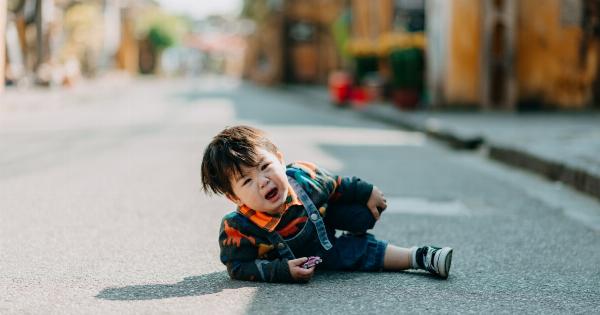Teenagers are going through a critical phase of development, exploring their identities, and forming habits that can have long-lasting impacts on their lives.
In some cases, these habits can lead to antisocial behavior, which can have detrimental effects on both the individual and society as a whole. This article aims to explore the link between habits and antisocial behavior in teenagers and shed light on the underlying causes and potential interventions.
The Nature of Habits
Habits are regular behaviors that are automatic and often unconscious. They are formed through repetition and reinforce patterns of behavior. Whether good or bad, habits have a powerful influence on our daily lives, shaping our actions and decisions.
Antisocial Behavior in Teenagers
Antisocial behavior refers to actions that violate social norms, potentially harm others, and disregard the rights of individuals or society. It includes acts such as aggression, vandalism, substance abuse, and truancy.
While not all teenagers who engage in these behaviors develop lifelong criminal tendencies, it is crucial to understand the factors that contribute to such actions in order to prevent long-term negative outcomes.
The Role of Habits in Antisocial Behavior
Research suggests that habits play a significant role in influencing antisocial behavior in teenagers. Habitual behaviors, both adaptive and maladaptive, can become deeply ingrained and resistant to change.
For instance, if a teenager develops a habit of using drugs as a coping mechanism, this can lead to addiction and a pattern of antisocial behavior to sustain their substance abuse.
Factors Influencing Habit Formation
The development of habits is influenced by various factors, including genetic predispositions, environmental factors, and personal experiences.
In the case of antisocial behavior, certain environmental factors can contribute to the formation of negative habits. Growing up in an environment where violence or substance abuse is prevalent can increase the likelihood of a teenager adopting these behaviors as habits.
The Role of Peer Influence
Peers play a crucial role in shaping the habits of teenagers. Adolescents tend to seek approval and acceptance from their peers, often conforming to their behaviors and attitudes.
If a teenager’s social circle engages in antisocial behaviors, it increases the probability of them adopting similar habits. Peer influence can create a sense of belonging within a deviant peer group, further reinforcing the antisocial behavior.
Family Dynamics and Habits
The family environment also plays a significant role in habit formation and the development of antisocial behavior.
Family dynamics, including parenting styles, communication patterns, and exposure to violence or substance abuse within the family, can influence a teenager’s habits. A lack of parental guidance and support can lead to the formation of unconstructive habits, increasing the likelihood of engaging in antisocial behavior.
The Impact of Media and Technology
In today’s digital age, media and technology have a profound influence on teenagers. Exposure to violent or immoral content through various media platforms can shape their beliefs, values, and habits.
Excessive use of social media and online platforms can also lead to isolation, desensitization, and the development of negative habits. The constant need for validation and the pressure to conform to online trends can drive teenagers to engage in antisocial behaviors for social recognition.
Interventions and Prevention Strategies
Recognizing the link between habits and antisocial behavior in teenagers is crucial for implementing effective interventions and prevention strategies. Some approaches include:.
- Early intervention programs to identify and address negative habits before they escalate.
- Creating supportive environments that promote positive habits and provide alternatives to antisocial behavior.
- Parental education and guidance to help families promote healthy habits and behaviors.
- Implementing social skills training to enhance teenagers’ ability to cope with stress and social pressures.
- Encouraging positive peer influences through mentorship programs and involvement in community activities.
Conclusion
Habits are powerful forces that shape our behaviors and can have long-term effects on our lives. Understanding the link between habits and antisocial behavior in teenagers is crucial for effective prevention and intervention strategies.
By addressing the underlying causes and promoting positive habits, we can help teenagers navigate this critical phase of their lives and steer them away from a path of antisocial behavior.






























